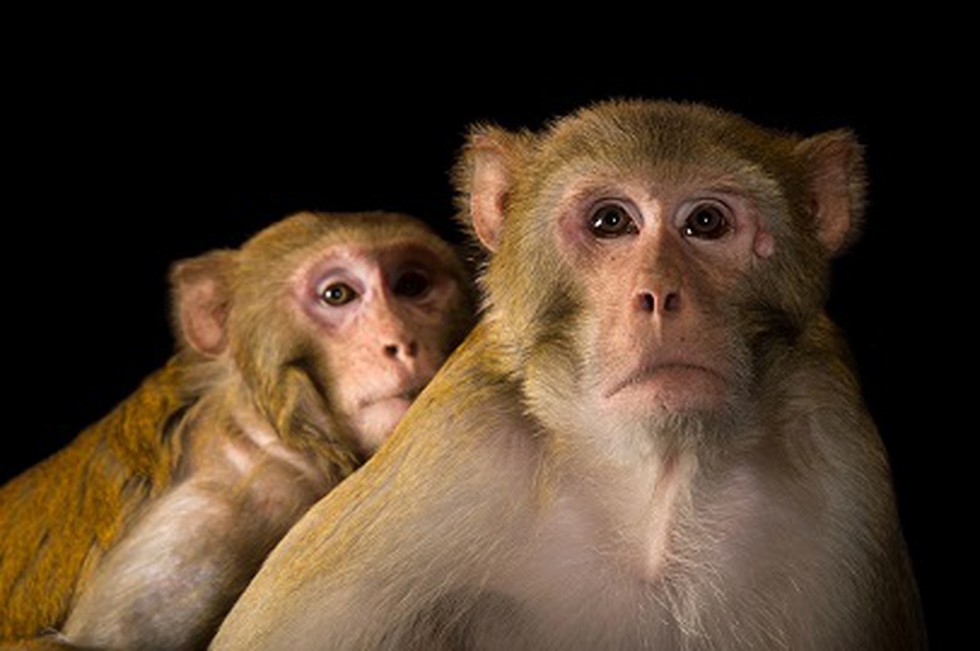
About:
India and some other nations have cri...
Screening for blood biomarkers has be...
India’s 17-year-old Grandmaster D Guk...
The Tamil Nadu State Government raise...
The Supreme Court recently lamented t...
Recently, the Delhi High Court said t...
Trained National Service Scheme (NSS)...
A study has warned the warming planet...
Political parties are appointing ‘sta...
Recently, the European Union has anno...